Celebrating its 50th anniversary, NERC is pleased to announce its inaugural Impact Awards.
There are four award categories:
- Economic Impact Award
Recognising research that has achieved exceptional economic benefit. - Societal Impact Award
Recognising research that has achieved exceptional social, cultural, public policy or service, health, environmental or quality of life benefits. - International Impact Award
Recognising research that has achieved exceptional economic and/or societal impact outside the UK. - Early Career Impact Award
Recognising an early career researcher who has achieved exceptional economic and/or societal impact within the UK or internationally.
A winner from one of the four categories will be selected to receive the Overall Impact Award, in recognition of the outstanding impact of their research.
The winner of each category will receive £10,000 and the runner-up £5,000, to further the impacts of their research. The Overall Impact Award winner will receive an additional £30,000.
The closing date for applications is 16:00 Wednesday 10 September 2014.
Click here for more information including eligibity and the application process.




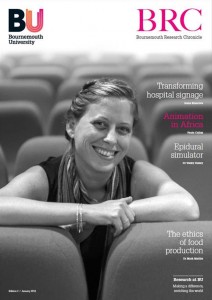
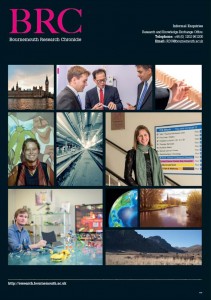

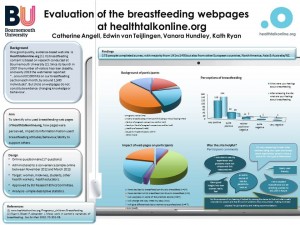

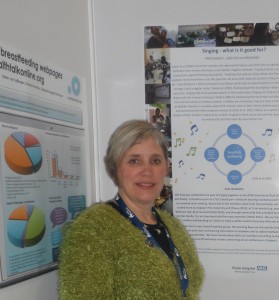

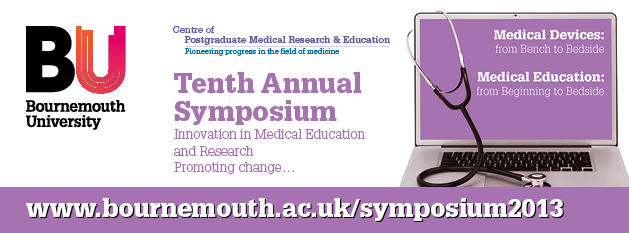
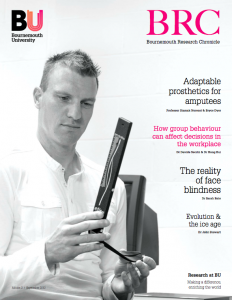


















 New Nepal scoping review on maternal & neonatal health
New Nepal scoping review on maternal & neonatal health Fourth INRC Symposium: From Clinical Applications to Neuro-Inspired Computation
Fourth INRC Symposium: From Clinical Applications to Neuro-Inspired Computation Writing policy briefs
Writing policy briefs Upholding Excellence: The Concordat to Support Research Integrity
Upholding Excellence: The Concordat to Support Research Integrity ECR Funding Open Call: Research Culture & Community Grant – Application Deadline Friday 12 December
ECR Funding Open Call: Research Culture & Community Grant – Application Deadline Friday 12 December MSCA Postdoctoral Fellowships 2025 Call
MSCA Postdoctoral Fellowships 2025 Call ERC Advanced Grant 2025 Webinar
ERC Advanced Grant 2025 Webinar Horizon Europe Work Programme 2025 Published
Horizon Europe Work Programme 2025 Published Horizon Europe 2025 Work Programme pre-Published
Horizon Europe 2025 Work Programme pre-Published Update on UKRO services
Update on UKRO services European research project exploring use of ‘virtual twins’ to better manage metabolic associated fatty liver disease
European research project exploring use of ‘virtual twins’ to better manage metabolic associated fatty liver disease